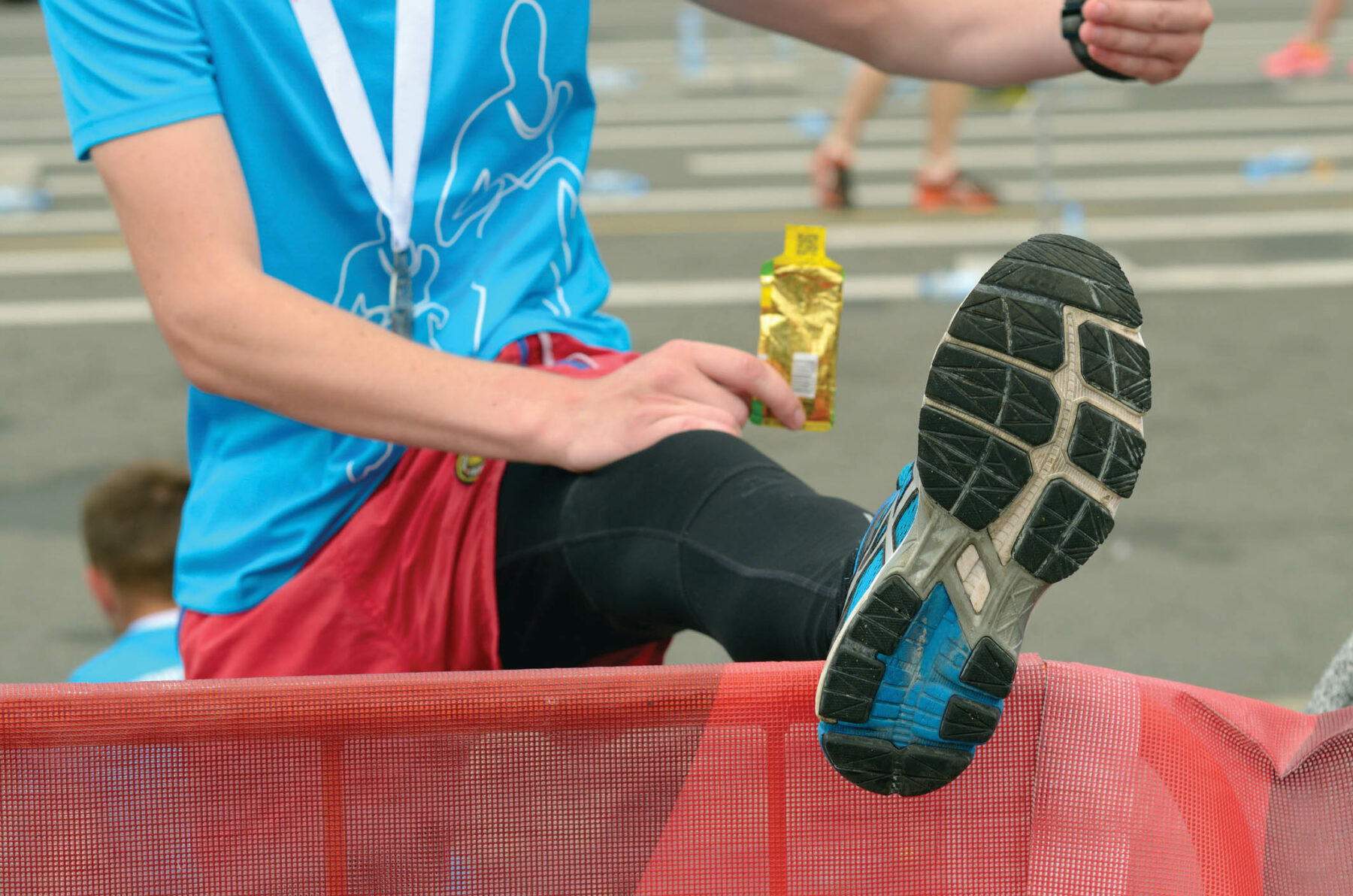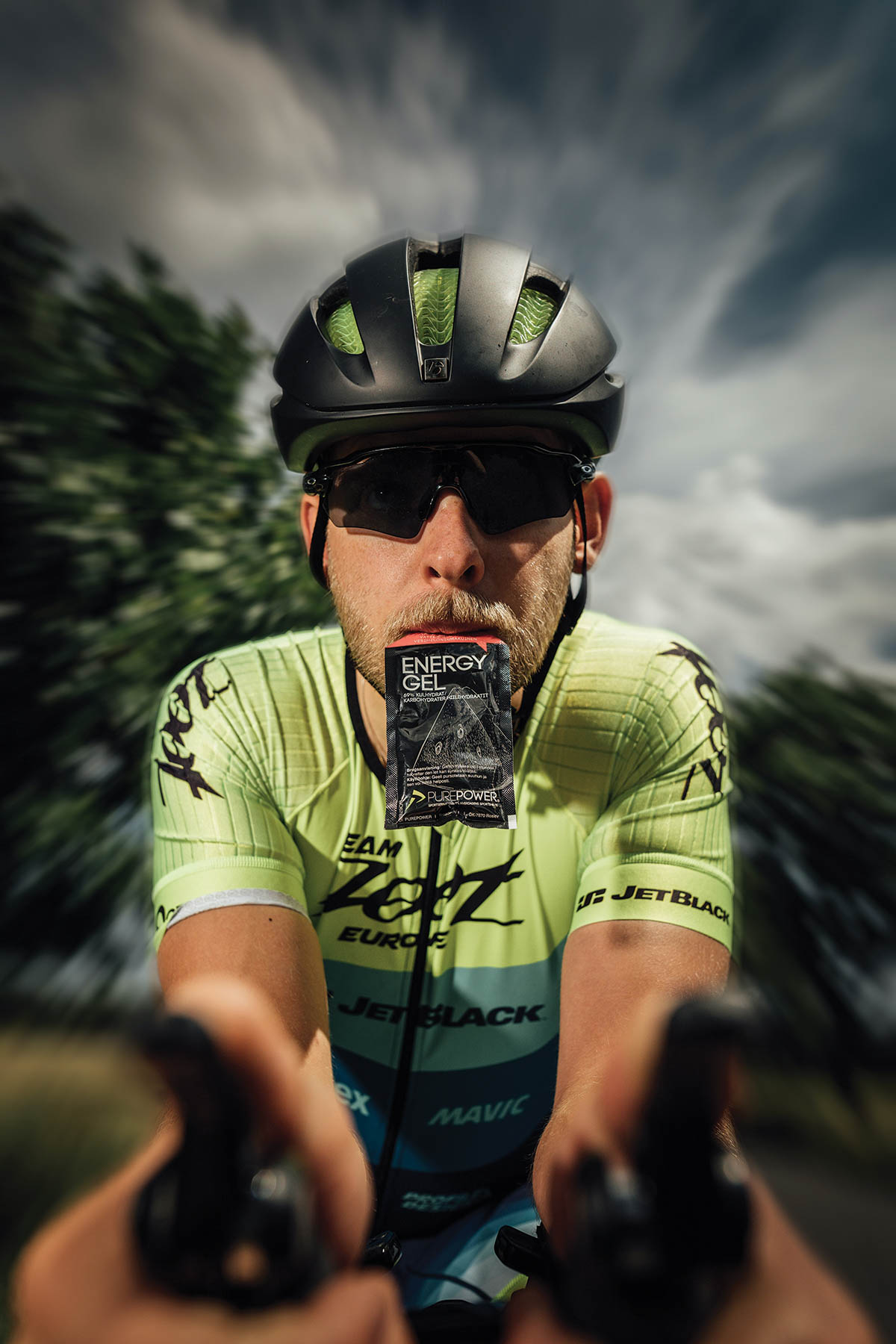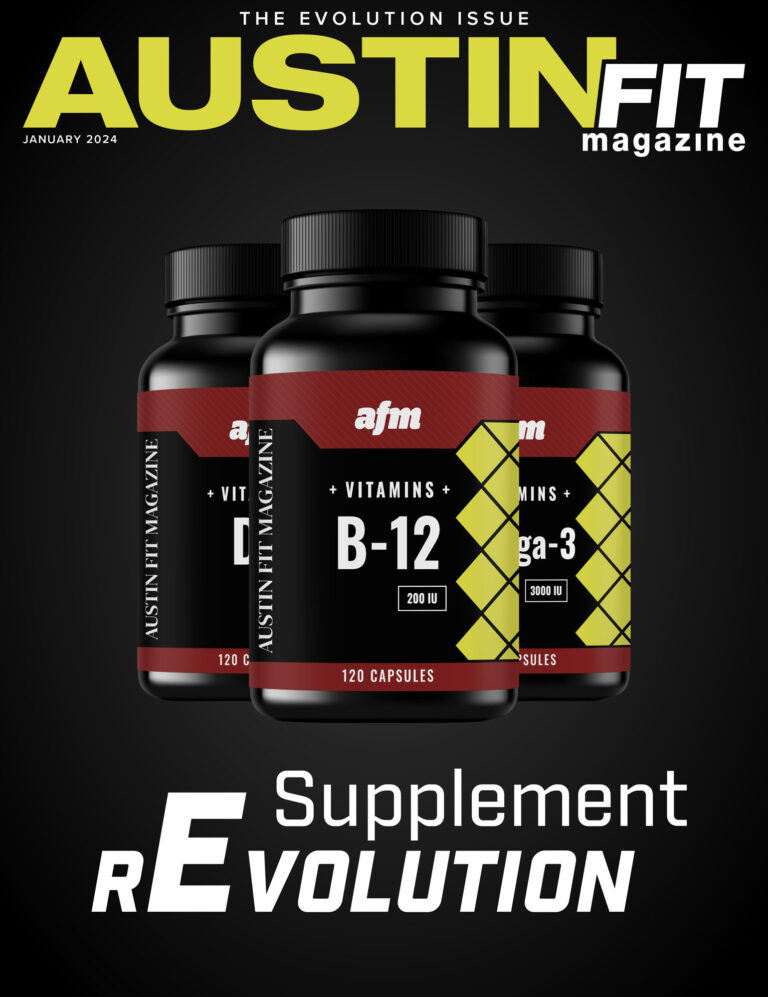Why You Should Use Energy Gels During Long Runs

Fatigue, aching and frustration… but miles and miles to go; this is the conundrum experienced by both elite and amateur runners.
Long-distance running is energy-depleting yet requires an abundance of fuel. Marathon runners must heavily rely on dwindling carbohydrate stores as they push faster and farther into their race, which can lead to feeling outright miserable, especially at those final remaining miles.
The problem is, as research suggests, carb availability can be a limiting factor in sub-maximal exercise that lasts longer than 90 minutes. So, what’s the solution if you want to run for more than an hour without completely hitting the wall? Energy gels.
Not only is their race long, but elite marathoners run at an almost sprint speed the entire duration. To sustain a high-intensity pace, gels are recommended to replenish carbohydrate stores, or glycogen, in the muscle. The body is only capable of storing a finite amount of glycogen, about 90 minutes worth at a half-marathon pace. Thus, energy gels provide a quick boost of energy and increase physical performance helping control blood glucose levels while conserving intramuscular glycogen reserves.
Why Energy Gels?
The reason runners use these gels as their preferred carbohydrate source rather than, say, a piece of fruit is that the gels are easy to digest and rapidly absorbable. Other sources of carbohydrates that must be chewed and broken down can create digestive issues, especially when running at a race pace. Conveniently enough, these gooey gels can be swallowed quickly and are designed to minimize digestive upset.
What Are Energy Gels Made Of?
These performance gels consist of varying combinations of sugars including maltodextrin, rice syrup or poly/oligosaccharides. Typical gels come in foil packaging and are of a paste- or syrup-like texture that’s primarily water-based. Each packet contains approximately 25 grams of carbs and comes in a variety of flavors, including caramel, vanilla, strawberry, banana and more. Many brands include further nutritional support such as caffeine, amino acids or electrolytes.

When to Use Energy Gels?
There’s a science and strategy behind when and how to use gels. Adam Bohach, an elite runner and 5th place finisher in the 2022 Austin Marathon, says he recommends runners take gels every 40 minutes, which depends on a runner’s individual pace.
“If I am training, (40 minutes) is around miles 6 to 8 or 7 to 8,” Bohach says. “For someone else, if they are running at a slower pace, that might mean (taking) them at mile five.”
The key is to take the gel in intervals to provide a “boost” of sugar and caffeine while avoiding overly relying on them. Taking too many gels at once runs the risk of GI upset. Bohach says many people believe they’re supposed to take the gel each time they start feeling tired.
“(Taking gels that often is) going to dehydrate you; that’s a lot of sugar,” Bohach says. “This can create a positive feedback loop. For example, the gel is making you feel more dehydrated because you aren’t getting enough water.”
Hydrating while taking the gel can deter an upset stomach. The American College of Sports Medicine suggests drinking 17 ounces of water at least two hours before exercising and regularly during exercise to avoid water loss. Bohach says he always tries to take gels with water.
“I start taking my gel maybe a mile before the aid station (so), by the time I get there, I have it, toss it, take water and keep going,” Bohach says.
Of course, each gel brand is different, and sometimes it depends on the percentage of water already in the gel mix, but the general rule of thumb is to take a gel every 40 minutes with water.
Tips Before Trying
If you’re considering using energy gels, it’s best to experiment with them beforehand. Race day shouldn’t be the first day you use gels; practice using them to understand how your body reacts, what brands you prefer and how often you should take them. Watch for clues such as how hydrated you feel and how well your stomach digests the concentration.
Another tip is to examine your body’s reaction to taking gels that contain caffeine and try alternating with those that don’t. Additionally, don’t take energy gels with sports drinks, as the gels are highly concentrated. Taking both poses the risk of over-ingesting sugar, resulting in stomach discomfort, queasiness and dehydration.
Good luck with your quest for the perfect gel!






